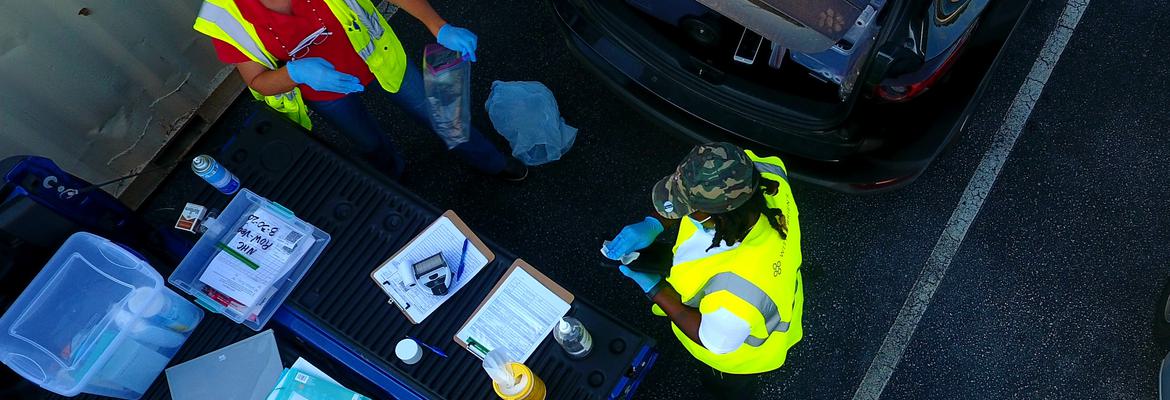Charles Bryant, Director, Debris Management Services, Witt O’Brien’s
This year’s hurricane and wildfire seasons are already leaving their mark, with up to $12 billion in estimated damages from Hurricane Laura alone. Past disasters may have caused more costly damage, but none have required local governments to manage recovery during a pandemic.
Even under normal conditions, debris removal is often the largest disaster response/recovery expenditure that a jurisdiction will incur. Adapting operations to address COVID-19 containment can put increased strain on both budgets and personnel. Failing to adapt your plan to account for the pandemic can cause project delays, staffing shortages, prolonged economic disruption and severe health risks to an already potentially hazardous environment.
Many jurisdictions lack the internal resources to update their debris removal plans to include operational guidelines and directives for COVID-19. That is why Witt O’Brien’s is offering a unique service enhancement that integrates COVID-19 containment measures into post-disaster debris removal operations to expedite disaster recovery while incorporating procedures to keep staff and the community safe.
Our COVID-19 containment procedures include an expanded project safety analysis that reflects COVID-19 guidelines and requirements; safety plans that are tailored to the specific geographical locations and local conditions; staff education on COVID-19 containment measures; detailed direction for enforcing social distancing and proper protective wear and for sanitizing equipment and high-touch areas; processes, protocols and reporting templates for managing field operations; and protocols for daily worker testing, positive result actions, and return to work requirements.
Our approach to debris monitoring has continuously evolved with our experience, which includes completion of well over one hundred projects, totaling more than $375 million in hauling costs. During the hurricane seasons from 2017 to 2019, we completed more than 50 debris monitoring projects at the town, county and state levels, with hauling costs ranging from just $14,000 to more than $16 million. For these projects, we monitored a total of 11.7 million cubic yards of debris. Our firm currently holds more than 60 debris monitoring contracts, all of which involve cooperation and collaboration with our local clients, state-wide emergency and environmental agencies and FEMA.
-------------------------------------------

About Charles Bryant
Charles has had a lifetime of helping communities to pick up the pieces following major disaster events. In 35 years of emergency response services and 10 years in debris monitoring and emergency management, he led debris management operations in Louisiana, Florida, North Carolina, Georgia, New Jersey and Texas.
In addition to his technical advisory role, he is expert in coordinating and problem-solving FEMA Public Assistance Category A, and B grant funding and liaising with state agencies for funding and project development. Charles is one of the country’s pre-eminent instructors of debris management at FEMA’s Emergency Management Institute national training center.
